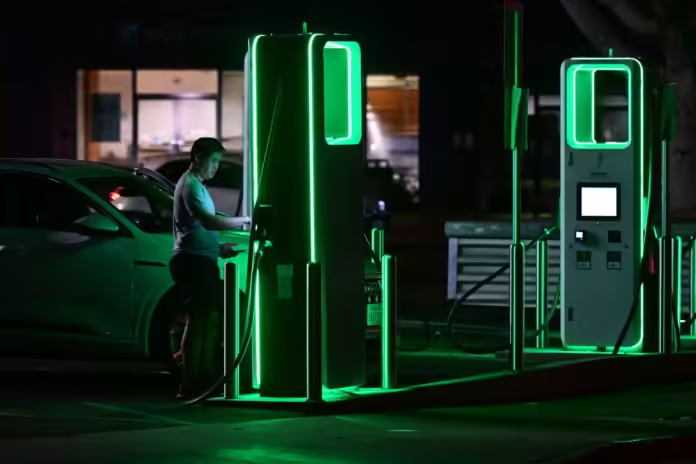Scientists have found a new way to make batteries both cheaper and more capable, by “doping” them.
The technique adds small amounts of easily available elements to the batteries to dramatically change their performance.
The world has become heavily dependent on lithium-ion batteries, used in everything from our cars to our mobile phones, as well as for storing energy. But they suffer from a range of problems, including their heavy reliance on rare and expensive resources.
Researchers hope that can be approved by moving towards more efficient and sustainable materials in the battery cathodes. That is the part of the battery where important electron exchanges processes happen – and where many of those problems occur.
Last year, researchers announced that they had found a new material for that cathode that allows for a high capacity using iron and oxygen reactions. But it brought problems, because charging and recharging those batteries produced oxygen.
Now researchers say that “doping” process could overcome that problem – and lead to the new technology being useful.
“We have now found that the cyclability could be significantly enhanced by doping small amounts of abundantly available elements such as aluminum, silicon, phosphorus, and sulfur into the cathode’s crystal structure,” said Hiroaki Kobayashi from Hokkaido University.
The new insights could increase the stability of the batteries so that they hold their charge by as much as 90 per cent.
“We will continue to develop these new insights, hoping to make a significant contribution to the advances in battery technology that will be crucial if electric power is to widely replace fossil fuel use, as required by global efforts to combat climate change,” said Kobayashi.
The work is described in a paper, ‘Toward Cost-Effective High-Energy Lithium-Ion Battery Cathodes: Covalent Bond Formation Empowers Solid-State Oxygen Redox in Antifluorite-Type Lithium-Rich Iron Oxide’,




